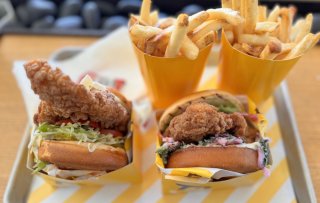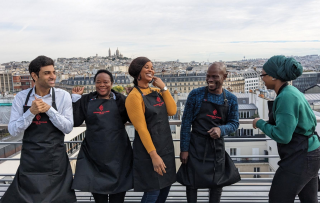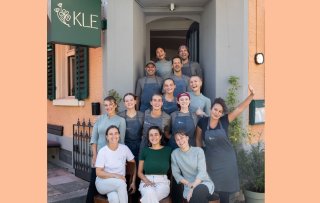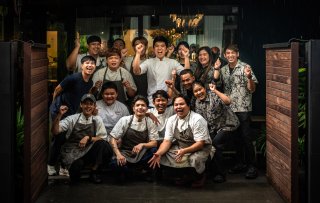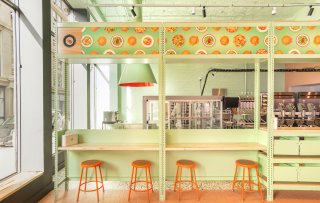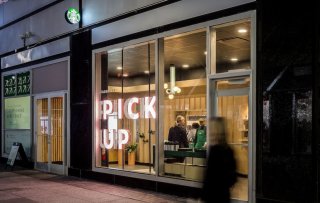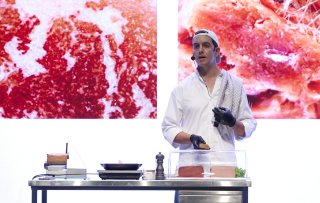We’re seeing a meteoric rise in the amount of meals that are eaten alone.
At home, on the go, and in restaurants more people than ever before are choosing to eat without the company of others. For many, this is definite cause for alarm. Sometime last year, a scientific study added fuel to the fire by showing that dining alone is bad for your health. Is it really, though? The truth is nearly half of all meals eaten in the US are consumed alone, so should we be worried?
Family dinner
By virtue of technology, it is now easier than ever before to live life alone, and though we live in an increasingly connected world, it can certainly feel like we’re alone an awful lot. The latest insights from Google show that when it comes to eating at home, the family dinner is changing. Time spent together at the dinner table is falling, meals are smaller and quicker, and many times each member of the family eats alone. In addition, 68% of consumers use their phone during the rare family dinner occasion.
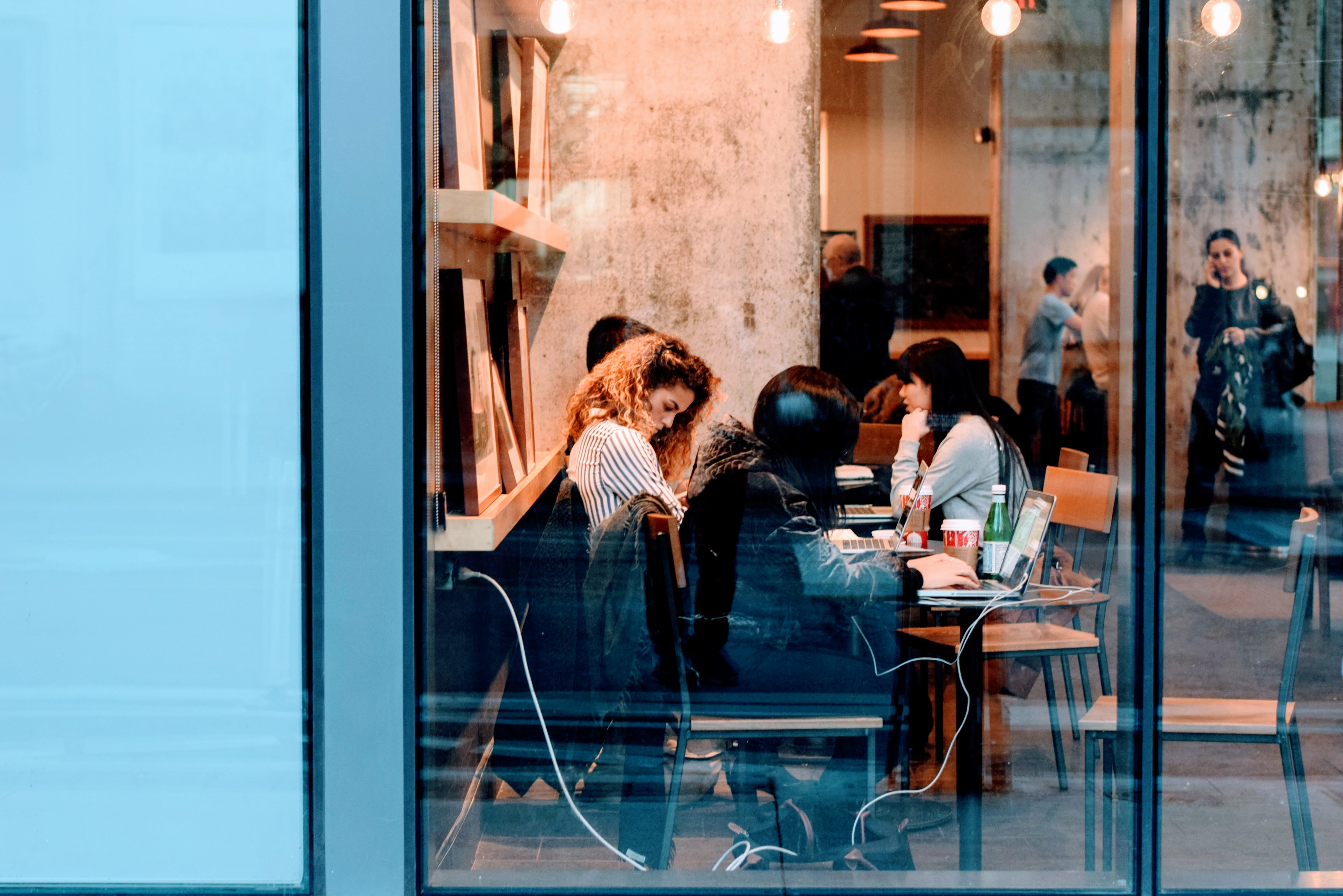
Sunday lunch
Fortunately, it’s not all doom and gloom. While the 6pm weekday dinner is vanishing rapidly, families are devoting extra time and attention to the weekend meals. Extended sunday meals are on the rise. So much so, in fact, that an increasing number of restaurants want a piece of the family pie and are catering to large groups for an extended amount of time. And not just in the United States. Renowned restaurant Parkheuvel in Rotterdam in the Netherlands recently started with an extra long lazy lunch, from 12.30 to 18.00, for example. These occasions are less about the food itself and more about showing love and care through the medium of food.
Solo dining experience
On those weekdays when family time feels few and far between, we are eating many of our meals alone. The rise of the clockless eating trend, where the trifecta of breakfast, lunch, and dinner is making way for six or seven smaller meals eaten throughout the day, coupled with the explosive growth of food delivery services have more than anything made it convenient to have a quick meal alone. It should be noted that these developments are mostly confined to large urban centers, where the professional lives of many young people are characterized by an almost chronic lack of time. Food is inherently social, however, so it is no great surprise to see the social stigma around solo restaurant meals beginning to fade away. Solo dining is gaining traction. Enough that restaurant owners in big cities are taking steps to make the solo dining experience as meaningful as a group dinner would be, sometimes even more so. Solo diners are often made to feel especially welcome, and on-the-house drinks or kitchen experiments are not uncommon. In an interview with Eater, Wil Guidera of Eleven Madison Park (#1 on the World’s 50 Best Restaurant list of 2017) says that they try to go above and beyond for the solo diner. He considers it a great honor for guests to come eat alone, and make his restaurant their top priority.
Food as escape
Another thing to note is that a food experience can still be meaningful without having to include other people. Food may be an inherently social affair, it certainly isn’t an exclusively social one. At Food Inspiration we often say food is a way to reconnect. With others, to be sure, and with the planet at large. But also, crucially, with yourself. A quiet meal alone, at home or at a restaurant or on a park bench, can be a meditative experience. It can serve as a much needed break from hectic and exhausting city living. It is no secret that the new generations are feeling societal expectations as a weight around their neck. Food can serve as a means to escape those and savor the moment. Unburdened, if only for a few bites.
Food care
This is part of a development Google calls food care. The millennial generation is using food to fuel their personal potential. Mentally, physically, and emotionally, food is essential to their general well-being. They are turning food from a simple source of nutrients into a core component of a successful self. And sometimes that means a meal alone, in quiet comfort.
The problem is not with the people that choose to eat alone, the problem is with those that do not have that choice. Food is an integral tool for social cohesion, and our current food climate is poised to have too many people slip through the cracks of society. It is, of course, impossible to force human contact, but that’s not what food can do. As mentioned before, food is inherently social. What we have to do is simply create spaces where food is allowed to flourish. Our focus should be on providing food that feels good, food that wants to be shared. Successful restaurants are those that create a space where human contact arises organically, and thrives through good food. Food connects, if we let it.

The end of good enough
The solo dining trend looks to show no sign of stopping anytime soon. The majority of meals will in the future likely be eaten alone, but that isn’t necessarily a bad thing. It makes the occasions where we gather together to share our love of food more meaningful. However, because those moments are becoming increasingly rare, food professionals everywhere have the task to turn these moments into memorable experiences. In the future, nothing less than excellence will suffice. At Food Inspiration we’ve said it before: it’s the end of good enough, and the start of something better.
 Written by
Written by 











